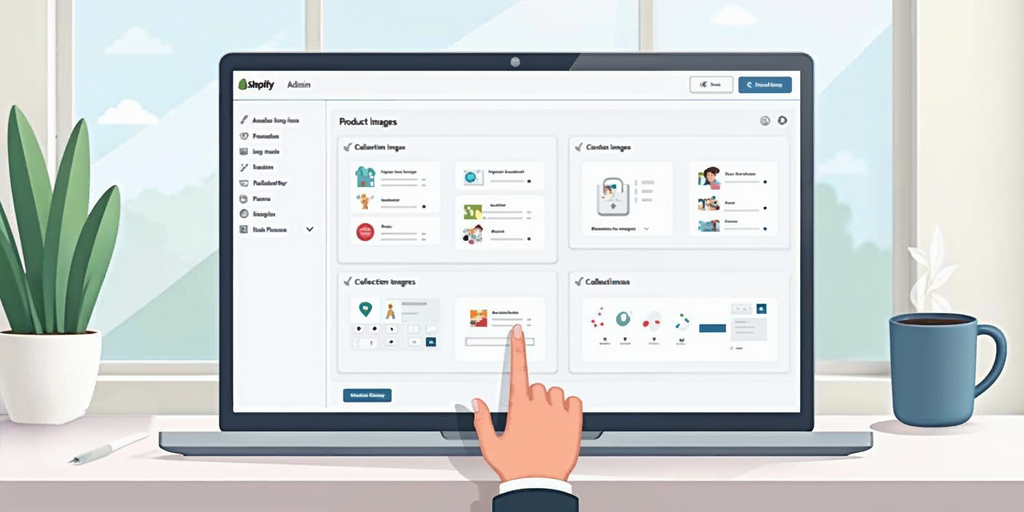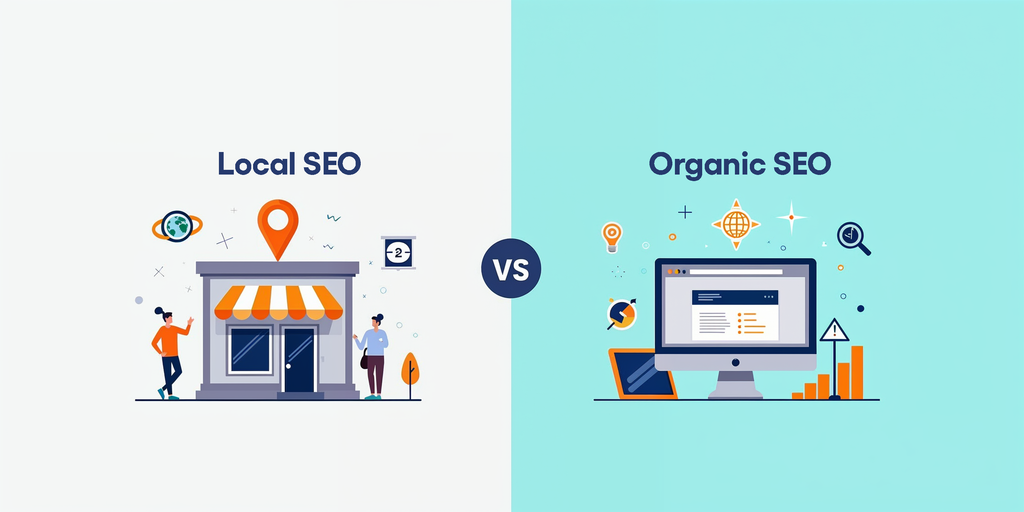How to Dominate Local SEO: A Step-by-Step Guide for Small Businesses

If you run a small business, getting found by local customers isn’t just a bonus—it’s the bread and butter of your growth strategy. Local search engine optimization (SEO) is your key to standing out in search engine results, reaching potential customers, and increasing foot traffic or online leads. In this guide, we’ll break down actionable local SEO strategies, tips, and tools to help your business climb the local search rankings and dominate your area.
What is Local SEO and Why Does It Matter?
Local SEO is all about optimizing your online presence so you show up when people search for businesses like yours nearby. Think “best coffee shop near me” or “HVAC repair in [city name].” These searches often lead directly to conversions—whether someone visits your store, books a service, or places an order.
Why Local SEO is Critical for Small Businesses
- Visibility in Local Search: 46% of all Google searches have local intent.
- Reaching Target Audiences: It connects your products or services with nearby customers searching for them.
- Cost-Effective Marketing: Compared to paid ads, local SEO strategies like managing your business listings and reviews can provide lasting benefits.
- Boosting Trust and Credibility: A strong local presence shows you’re a legitimate part of your community.
Optimizing Your Google Business Profile (GBP)
Step 1: Claim and Verify Your GBP
Google Business Profile (GBP) is the cornerstone of local SEO. If you haven’t claimed your profile yet, do so now by visiting Google Business. Verification is quick and ensures your business appears in local search results.
Step 2: Fully Optimize Your GBP
Fill out every section, including:
- Business name, address, and phone number (NAP).
- Business hours (update these for holidays or special occasions).
- High-quality photos of your products, services, or team.
- A detailed description with relevant local keywords.
Step 3: Engage Regularly
- Post updates about promotions, events, or new products.
- Respond to customer questions in the Q&A section.
- Add services, products, and other specifics to your profile.
Pro Tip: Consistency matters. Your NAP should match exactly across all platforms, including your website and business directories.
Check Out Our SEO Service.
The Power of Customer Reviews
Why Reviews Are Gold for Local SEO
Positive reviews influence search rankings and customer trust. In fact, 84% of people trust online reviews as much as personal recommendations.
How to Gather More Reviews
- Politely ask happy customers to leave feedback via email, text, or QR codes.
- Use tools like BrightLocal or Podium to manage and request reviews.
Respond to Every Review
- Thank customers for positive reviews to build loyalty.
- Address negative reviews calmly and professionally to show you care about feedback.
Pro Tip: Reviews aren’t just about SEO—they’re about perception. A business with glowing feedback stands out.
Building Local Citations and NAP Consistency
What Are Citations?
Citations are mentions of your business’s name, address, and phone number on other websites, like Yelp, Yellow Pages, or local business directories. These listings help search engines verify your location.
How to Build and Optimize Citations
- List your business on platforms like Yelp, Bing Places, and TripAdvisor.
- Use data aggregators like Data Axle and Neustar to distribute your information.
- Audit existing listings to ensure your NAP is consistent everywhere.
Pro Tip: Avoid duplicates. Tools like Whitespark can help identify and fix inconsistencies.
Keyword Research for Local SEO
Finding Relevant Local Keywords
To rank in local search results, target keywords that your audience is actively using. Combine services and location, like:
- “Plumber in [city]”
- “Best Italian restaurant near me”
- “[Service] for small local businesses”
Tools to Use
- Google Keyword Planner: Discover search volume and trends.
- Ahrefs: Find long-tail and competitive keywords.
- AnswerThePublic: Understand customer questions and search intent.
Where to Use Keywords
- Your website’s title tags, meta descriptions, and headers.
- GBP descriptions and posts.
- Blog content and landing pages.
Creating Localized Content
Why Content Matters
Engaging, informative content can attract local traffic and position you as an authority in your area.
Content Ideas
- Write blogs about local events or industry trends in your area.
- Create guides like “Best Attractions in [city]” or “How to Choose a [service] in [location].”
- Highlight customer success stories to build trust.
Add Schema Markup
Schema markup helps search engines understand your content better. For local SEO, use schema types like “LocalBusiness” to provide structured data about your business.
Building Local Backlinks
What Are Backlinks?
Backlinks are links from other websites to yours. For local SEO, focus on acquiring links from local businesses, news outlets, and organizations.
Strategies for Building Local Backlinks
- Partner with Local Influencers: Collaborate with bloggers or social media personalities in your community.
- Sponsor Events: Support local charities, festivals, or sports teams to earn links from their websites.
- Write Guest Blogs: Offer expertise on topics relevant to your industry and audience.
Mobile Optimization and Voice Search
Why It Matters
More than 60% of searches happen on mobile, and voice searches are rapidly growing.
Steps to Optimize
- Use a responsive design that adapts to different devices.
- Prioritize fast loading times by compressing images and using a reliable hosting provider.
- Optimize for voice search by targeting conversational phrases like “Where can I find [service] in [city]?”
Tracking Your Local SEO Success
Tools to Use
- Google Analytics: Monitor website traffic and behavior.
- BrightLocal: Track local rankings and manage reviews.
- Google Search Console: Check for errors and search performance.
Metrics to Watch
- Local keyword rankings.
- Organic traffic growth.
- GBP views and actions (clicks, calls, etc.).
- Review count and ratings.
Future-Proofing Your Local SEO
Stay ahead by:
- Regularly updating your GBP and website.
- Experimenting with new local SEO tools and software.
- Keeping up with algorithm changes and customer behavior trends.
Final Thoughts
If you’re serious about standing out, local SEO is your not-so-secret weapon. From optimizing your Google Business Profile to creating valuable localized content, these strategies will help you attract local customers and grow your business.
Take action today, and watch as your business climbs local search rankings!
Share via



